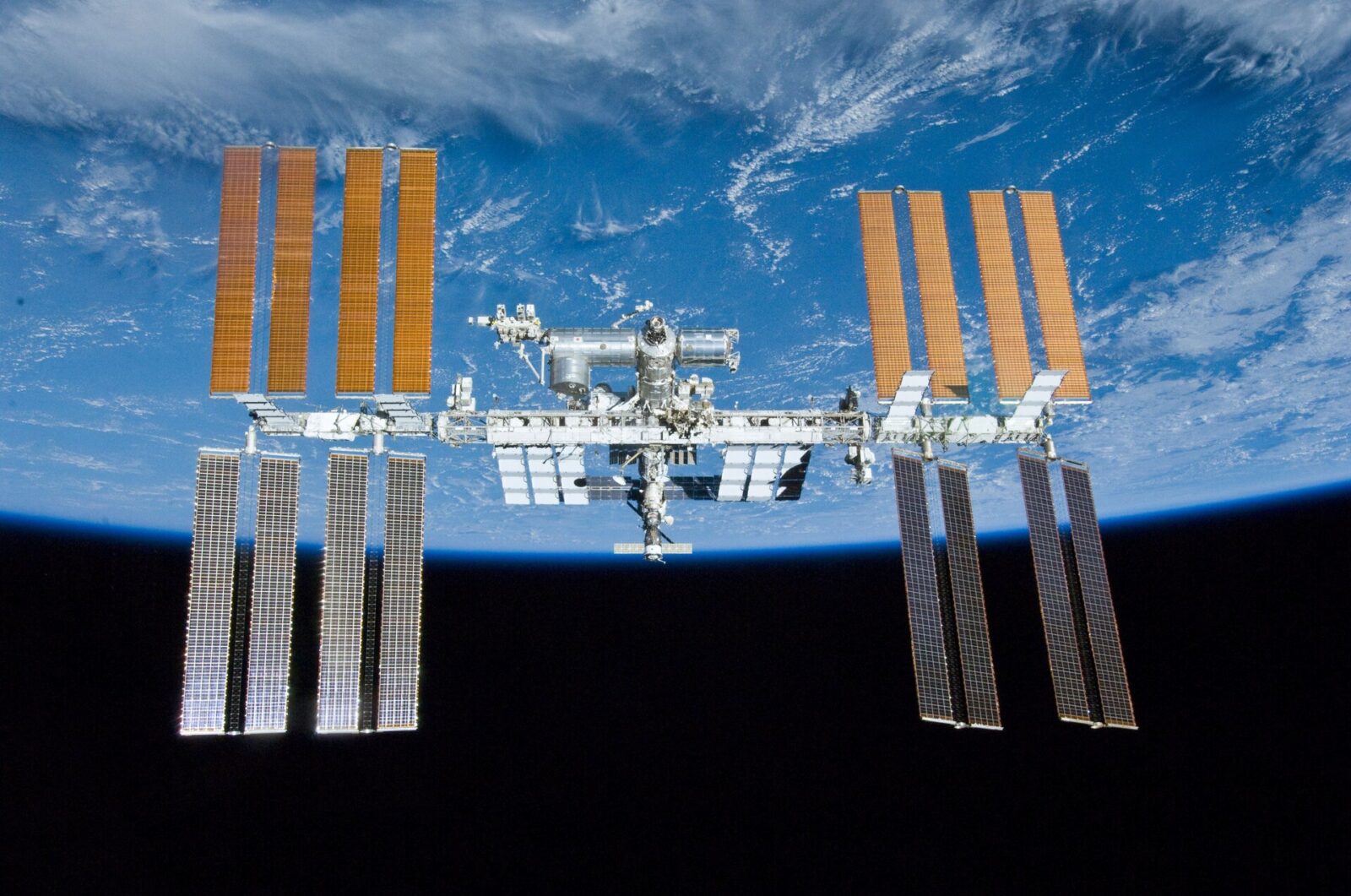The International Space Station is indeed one of the most famous pieces of space gear in history, but its days are officially limited. The International Space Station is going to be decommissioned in 2031, according to NASA. The space station, the size of a football field, will be deactivated and carried down to Earth, crashing down in a remote section of the Pacific Ocean. After the Moon, the ISS is the largest object circling the Earth. If it collided with a piece of space trash, it would send a shower of debris into low-Earth orbit, endangering all of our satellite systems.
As a result, the ISS will join a slew of other defunct spacecraft in the Pacific Ocean. It will be sunk in Point Nemo, often known as the Oceanic Pole of Inaccessibility. It is 2,688 kilometers from the closest land between New Zealand and South America. As a result, the falling debris offers minimal risk to people.
Effects on the environment
One major concern is that poisonous or radioactive chemicals may survive reentry into the atmosphere, as NASA admits. Although rare, some leaking from previously sealed canisters that survived reentry and impact might occur. However, no significant long-term consequences are foreseen. However, it might not be the end of the issue. According to De Lucia, a new international agreement is now being negotiated to address the problem of marine biodiversity in international seas, such as Point Nemo.
Whatever its destiny, the International Space Station has opened the path for human space travel in the future. NASA is aiming to create a similar station in lunar orbit, dubbed Gateway. There will be astronauts living and working there, as well as a staging facility for excursions to the surface of the Moon.













Leave a Reply